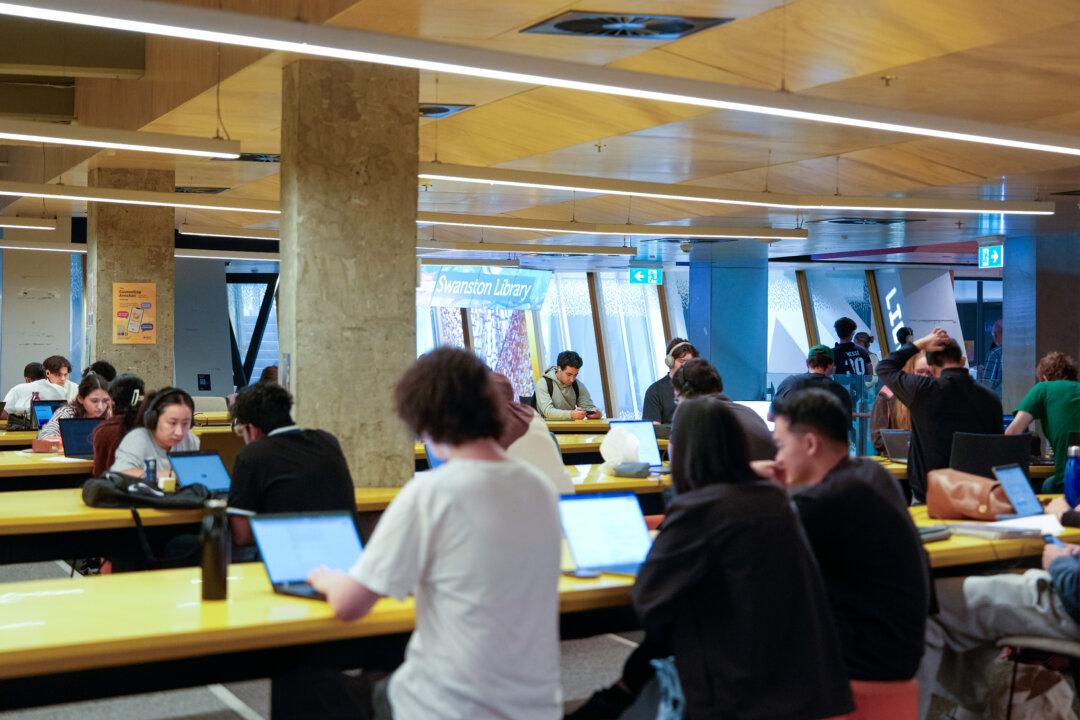Australians could see many more coffees flying around the suburbs after Google announced plans to test technology designed to load its drones and boost the number of airborne deliveries.
The tech giant’s drone arm, Wing, which operates in the skies above Canberra and Logan City, on Brisbane’s south, revealed plans to trial new advances on Friday, including a device to let drones collect goods without human assistance.





